Since it was made available to the public in 1991, the internet has become a ubiquitous part of our everyday lives. We shop on it, learn on it, conduct our social lives on it—but how much do we really know about it? How did Google and Meta come to dominate the online attention economy? Is time spent on the internet really wasted? Why did the world go digital in the first place?
Answer these questions and more with eight eye-opening books about the internet and its history. From research and analysis to personal observation and memoir, these books touch upon all different facets of the invention that forever altered the course of the 21st century.
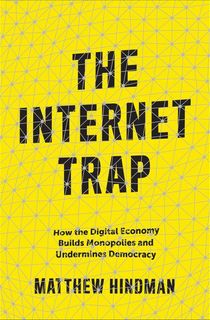
The Internet Trap
These days, Meta and Google are inescapable for any internet denizen. But how did these two companies come to dominate the digital economy, and why does it seem impossible for smaller companies to break through? In The Internet Trap, political scientist Matthew Hindman delves into the history of the internet’s formation, from the days of Bing and Yahoo to the latter-day monopolies Facebook and Google had formed by 2018, the year of the book’s publication.
Hindman disproves common myths above the internet, explains how it has become mathematically impossible for grad students in a garage to win out over Google, and demonstrates why the struggles for local digital news outlets and other small actors on the internet are worse than readers think. Fortunately for readers, Hindman also provides a roadmap for how small players can thrive in a system designed to work against them.
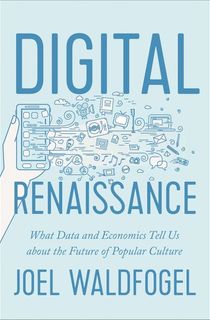
Digital Renaissance
When it comes to arts and culture, the internet is often viewed as an enemy: online piracy can and has devastated the revenue of major cultural institutions, and developments like self-publishing have made it so that these institutions are no longer as essential as they once were. In the age of AI, a new wave of panic has understandably swept the art world, as the future of cultural output once again appears to be in jeopardy.
In Digital Renaissance, Joel Waldfogel challenges the negative perception of the relationship between culture and the internet, arguing that digital technology has enabled a new “golden age” of popular culture, democratizing the processes by which people share their art. If you could use a little optimism about the state of the internet, consider giving this book a read.
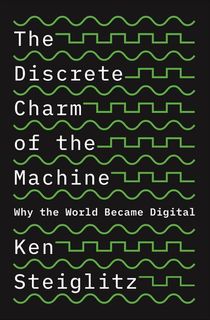
The Discrete Charm of the Machine
Virtually all of our technology these days is digital, built on binary code that has revolutionized our relationship to machines. How did this revolution come to pass? Princeton University computer science professor Ken Steiglitz explains the many reasons for this transformation in The Discrete Charm of the Machine.
Written in 2019, before the explosion of generative AI, Steiglitz’s book explores the history of ideas that led up to and followed the development of digital mechanisms, from Charles Babbage’s logical branching to Richard Feynman’s proposals for nanotechnology and quantum computing. In the process, he answers your most pressing questions about the limits of digital technology, concluding with moral and aesthetic questions posed by the development of AI.
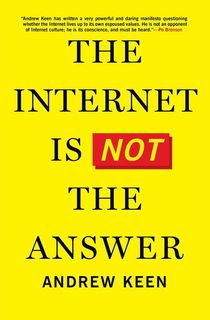
The Internet Is Not the Answer
In The Internet Is Not the Answer, Andrew Keen, a 20-year veteran of the tech industry, traces the technological and economic history of the internet to unearth its dark side, a side too often swept under the rug in the name of progress.
Beginning as early as the 1960s, when ideas that laid the groundwork for the internet first germinated, Keen takes readers through its history and the increasing attempts to monetize every human activity in order to examine how the internet is reshaping our world, and what we can do to make sure it serves humanity’s best interests as it does.

Wasting Time on the Internet
We all know the feeling of having wasted time on the internet. But what if we reframed that thought? In his manifesto Wasting Time on the Internet, poet and conceptual artist Kenneth Goldsmith challenges the idea that time on the internet is ever truly wasted.
Based on insights shared and learned from his eponymous course at the University of Pennsylvania, Wasting Time on the Internet argues that the internet makes us more engaged, collaborative, and even creative thinkers. How so? Read to find out!
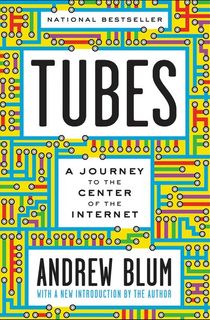
Tubes
Despite how much we use it, for many of us, the internet is completely abstract. What actually is the internet? Does it have a physical existence, and if so, where? If these thoughts have ever crossed your mind, you’ll be happy to see them answered in Tubes, a captivating narrative journey through the physical existence of the internet.
From the room in Berkeley where the Internet was born to fiber optic cables running under Manhattan, to the woods of the Pacific Northwest, where Google, Microsoft and Meta have built monumental data centers, author Andrew Blum chronicles the riveting story of the internet’s development via the physical apparatuses that make its existence possible, demystifying it in the process.
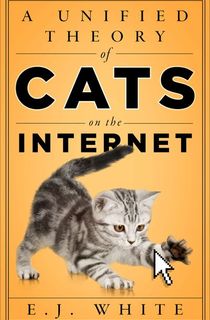
A Unified Theory of Cats on the Internet
If you’re looking for a lighter read about the internet, consider this concise and comprehensive account of one of the greatest—and cutest—mysteries of our time: internet cats. Anyone would agree that cats are ubiquitous on the internet, but how did that come to be?
In this combination of light-hearted anecdotes, careful analysis, and hidden histories of the communities that built the internet, Elyse White shows how japonisme, punk culture, cute culture, and other internet subcultures coalesced to make cats the official animal of the internet. More than that, she sheds light upon the ways culture shapes technology, and vice versa.
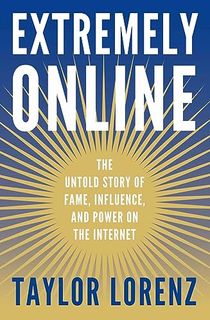
Extremely Online: The Untold Story of Fame, Influence, and Power on the Internet
Two decades ago, it would have been unimaginable to make a stable career by monetizing one’s personality on the internet. Yet influencers have amassed wealth far beyond the expectations of a traditional career.
From the very first mom-bloggers who leveraged their fame for sponsorships to the viral Instagram and TikTok influencers of today, journalist Taylor Lorenz takes readers through the development of this uniquely 21st-century career, analyzing how it has reshaped not only the digital economy, but popular culture in its entirety.
This post is sponsored by Open Road Media. Thank you for supporting our partners, who make it possible for The Archive to continue publishing the history stories you love.

